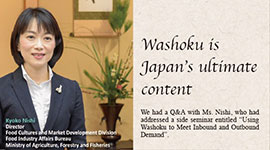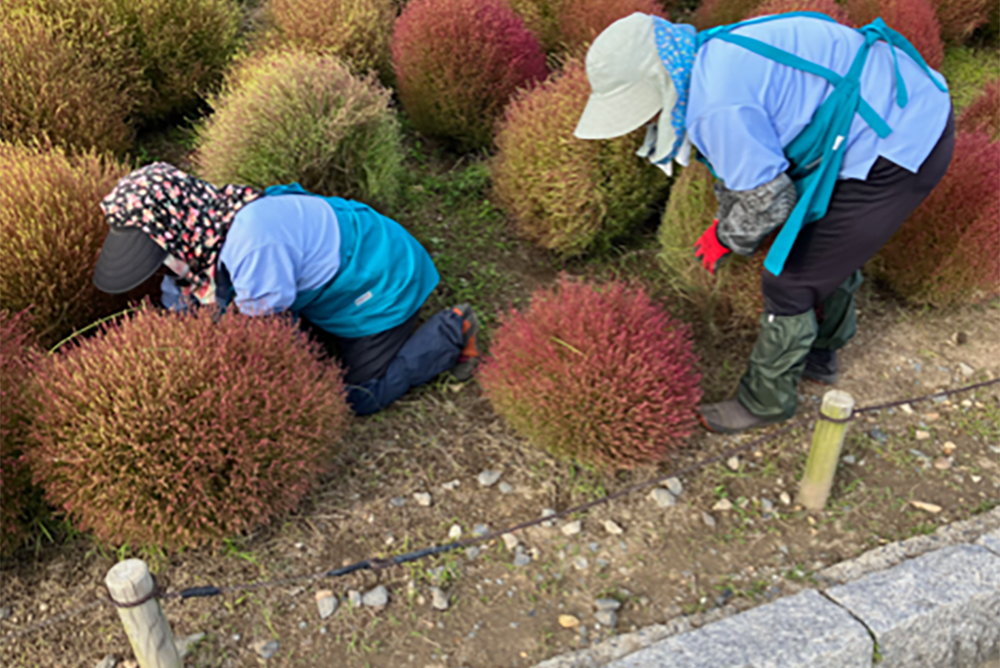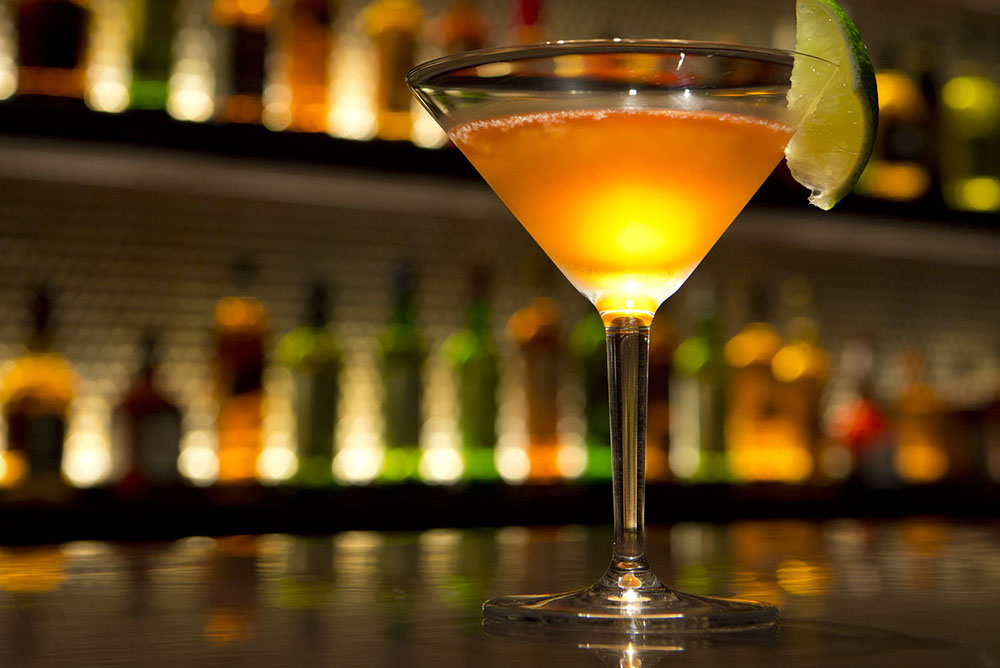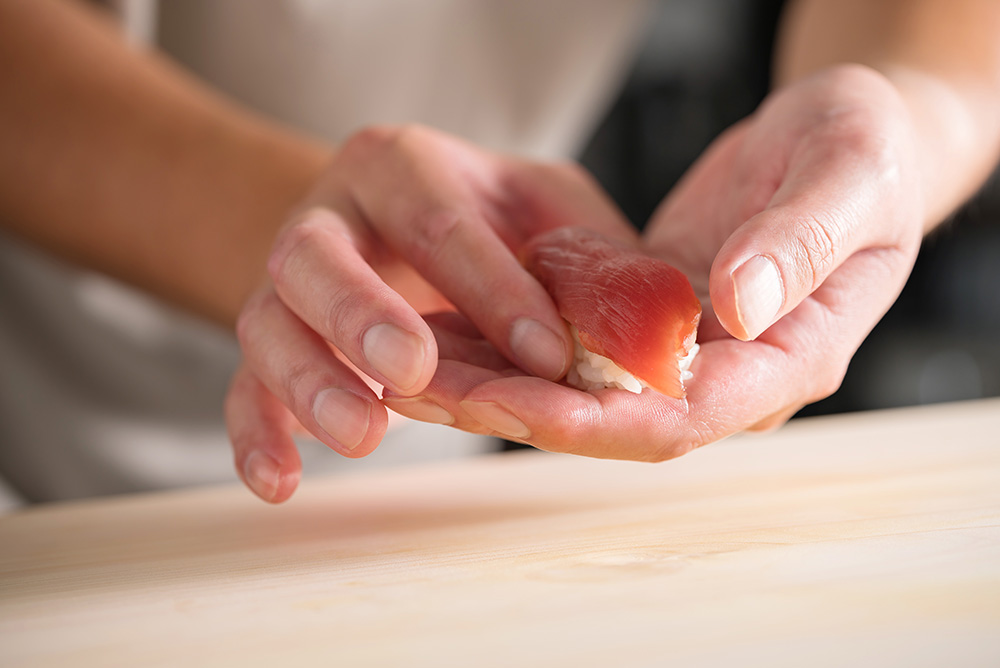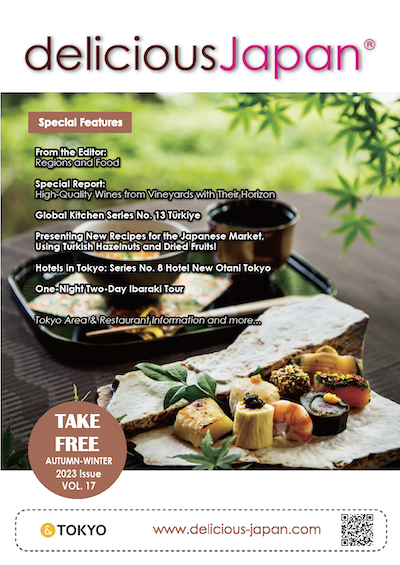
Decoding Japanese Food Trends from Trade Shows
-Series 2-
There are two prominent trend fi elds in recent food shows. One is washoku. The other is the natural foods field, which bases its appeal on nutritional value, nature, and the environment. It is backed by growth in numbers of visitors to Japan with the approach of the 2020 Olympics, and rising interest in health among the Japanese public. There is now a surge of expectation among people in the industry who see this as a potentially major business opportunity.
International Washoku Show Japan
Four years have passed since Washoku was inscribed by UNESCO as an intangible cultural heritage. The popularity of washoku is rising overseas, as traditional food and culinary culture rooted in the culture and spirit of Japan. The number of Japanese restaurants overseas has grown roughly fi vefold in the last ten years and seven out of ten foreign visitors to Japan list “eating Japanese food” as their top reason for coming to Japan. In that context, the Washoku Show, a gathering of professionals in the washoku business, took place at Tokyo Big Sight on the 20th-22nd of November.November 24th is Washoku Day
 Mr. Yamanobe of JMA, the show organizer, says "For the past three years, this exhibition has been held jointly with Foodex Japan. With November 24th being named "Washoku Day", we shifted the timing to November. Fall is called "the season of shinmai (newly-harvested rice)", and just like there are prime seasons for vegetables, seafood, and the like, the prime season for rice is in October and November. That prompted us to emphasize rice as we gathered exhibitors". He adds "And of course, rice is the heart of washoku. Increasing consumption of rice will also boost miso paste and shoyu (soy sauce), which are the basic condiments".
Mr. Yamanobe of JMA, the show organizer, says "For the past three years, this exhibition has been held jointly with Foodex Japan. With November 24th being named "Washoku Day", we shifted the timing to November. Fall is called "the season of shinmai (newly-harvested rice)", and just like there are prime seasons for vegetables, seafood, and the like, the prime season for rice is in October and November. That prompted us to emphasize rice as we gathered exhibitors". He adds "And of course, rice is the heart of washoku. Increasing consumption of rice will also boost miso paste and shoyu (soy sauce), which are the basic condiments".
Q: What is the washoku situation overseas?
There are now 118,000 restaurants around the world where people can experience foods such as sushi, tempura, and teriyaki. People who experience Japanese food like that and want to find out more about washoku become inbound tourists to Japan. A lot of people also come to enjoy Japanese sake.From a professional perspective, when people hear about what Japan has to offer, their answers about what attracts them are nature, scenery, food, and local specialties. With 118,000 restaurants overseas and people coming to Japan to eat Japanese food, those people are going to want to eat the real thing when they go back to their countries. We have to seize on that as a business opportunity.
Q: During your presentation, we got a strong sense of breadth of meaning that “washoku” has. What is “washoku” to you?
In Japan, “food” doesn’t just mean eating, and it doesn’t just mean the ingredients. Where were the ingredients grown, and how? The question of “where” has a history to it, with background and a story. “How” also has history, and the cooks have characteristics, as do their regions and environments.Similarly, eating is not just about consuming food. There are the dishes and utensils, the room has an atmosphere, and the whole scene is joined together by hospitality.
Japanese food is also related to local festivals and celebrations, and some foods have reasons for being eaten at certain times. The act of eating is linked to all kinds of things. In that sense, there are some aspects in which all the characteristics of Japan are distilled into “food”. Food is one element composed of hundreds more, which is why I say that washoku is Japan’s ultimate content.
